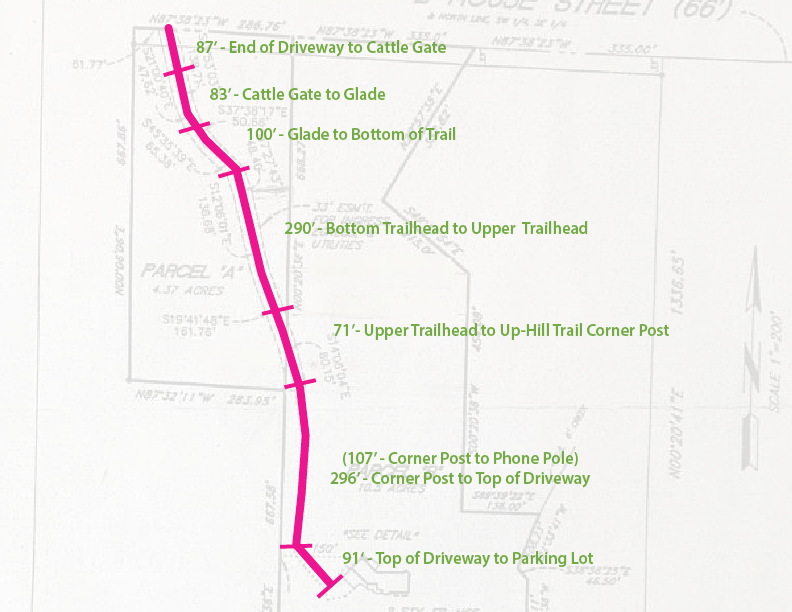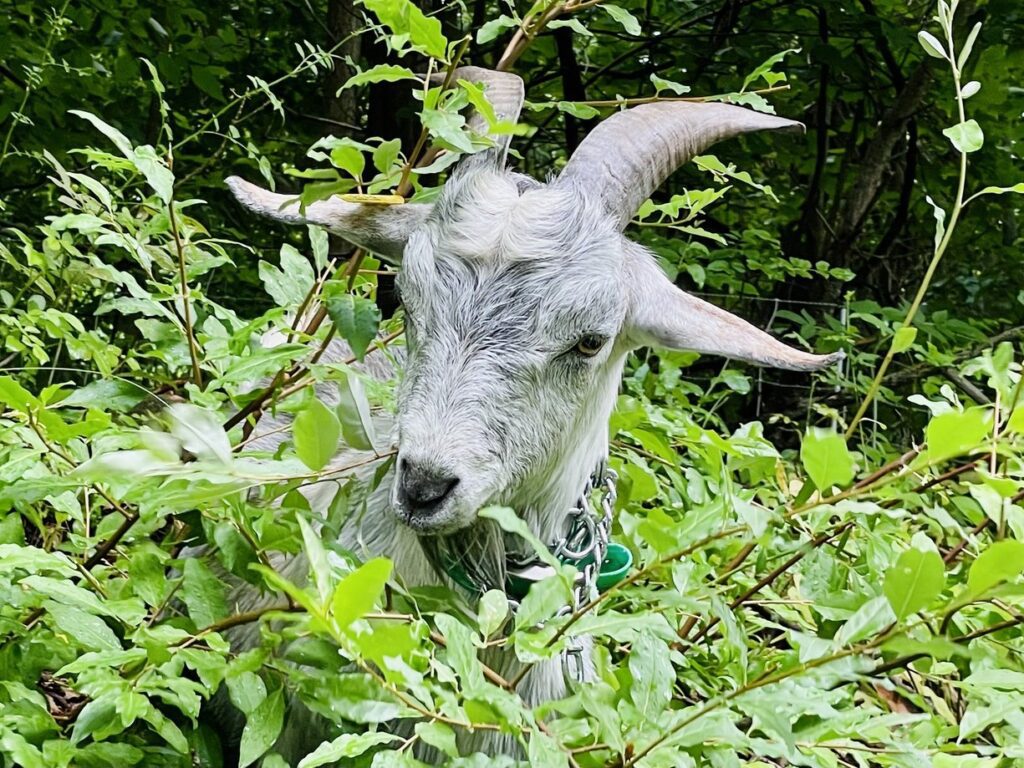
https://duraplasinc.com/agriculture/poultry-egg/dura-slat
How to Install

Tools & Treasures
Compared to other breeds, they are rather simple to care for and are suitable for homesteading.
Should you decide to raise Spanish goats after weighing the pros and cons, here are some tips on how to raise them.
Spanish goats need fences and shelter against snow, rain, high heat, and wind like other animals, despite being hardy.
So, your fence must be sturdy to withstand any damage the goats may do. And because this species can jump so high, the wall should be at least 4 to 5 feet.
Additionally, it should be secure enough so no one can push it down.
These goats would try anything to escape a confined space, especially if the food on the other side attracts them.
To keep them as safe as possible, secure the fence firmly in the ground and space the posts no more than 8 feet apart.
When building your fence, you can use woven wire, welded wire, or cattle panels as the material of your choice.
To stop them from bending or jumping over the fence, you can run a line of electric wire through the enclosure. The house must, however, be capable of keeping the goat within and predators outside.
Whether you raise Spanish goats for pet or income purposes, it’s always important to have a company. Why?
They need someone to play with them to relieve their stress, and they won’t feel lonely. If you raise them for commercial purposes, they definitely need a partner to reproduce.
The bedding for your pet should be soft when it walks or lays down and capable of absorbing pee and excrement.
Because they are less dusty and far more comfortable than wood pellets, use wood shavings or wheat straws.
These animals favor well-lit environments. The pens should have openings, like windows, to provide adequate lighting and ventilation.
It’s always important to consult your vet regularly to ensure they are healthy and help them recover if there are health issues.
Even though these goats can endure poor pastures, you should give them high-quality goat food and access to clean, fresh water.
Because Spanish goats produce less milk than other goat breeds, they don’t need as much water while lactating.
However, they do require sufficient feeds and nutrients for the infants. To avoid pregnancy toxemia, don’t overfeed Spanish goats when they are pregnant.
Since they’reherbivores, they will happily eat weeds, bark, shrubs, and herbs. To reach leaves, they could also climb trees.
Providing them with independence will enable them to search for grass while getting exercise.
If you don’t have access to enough grazing land, feed your goats with high-quality alfalfa hay and high-quality milk instead.
Their unique ability is that they can breed even if it’s not their season yet. And they are hardy because they can tolerate extreme weather, like hot temperatures.
You only need to provide sufficient clean water to keep them hydrated.
They are part of a landrace breed. Though they are not part of the tallest goat breed, they are one of the best goats for meat production. And it’s been their purpose for over many decades.
They can breed all year round. So, they can produce kids three times within two years.
And they can complete their reproduction cycle within 12 to 36 hours and their estrous cycle between 18 to 24 days.
Yes, just like the male goats, the females also have horns. The only difference is the size of the horns and their position.
For example, their male goats usually have large twisted horns, while females do not.
These great Spanish goats’ gestation period is 155 days after fertilization. So they may breed again before the year ends.
Yes, they are hardy and can survive and thrive in harsh conditions.
For cashmere and meat production, purebred Spanish goats have been crossed with imported goat breeds.
Spanish goats are suitable for meat production and breeding because they can breed all year round. They can also survive extreme weather conditions and are excellent mothers to kids.
They’re also low maintenance and come in various beautiful colors.
However, although they can produce milk, it may not be enough to support your family’s dairy needs and establish a small business.
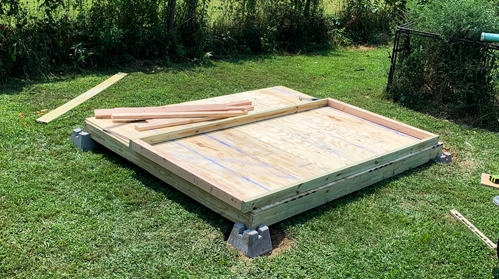


EXTERIOR
Main House

INTERIOR
Bunks



Dining Area




Sections

Create a 2-sided feeder. One side would face the goats. The other would be in the human/hay storage area.
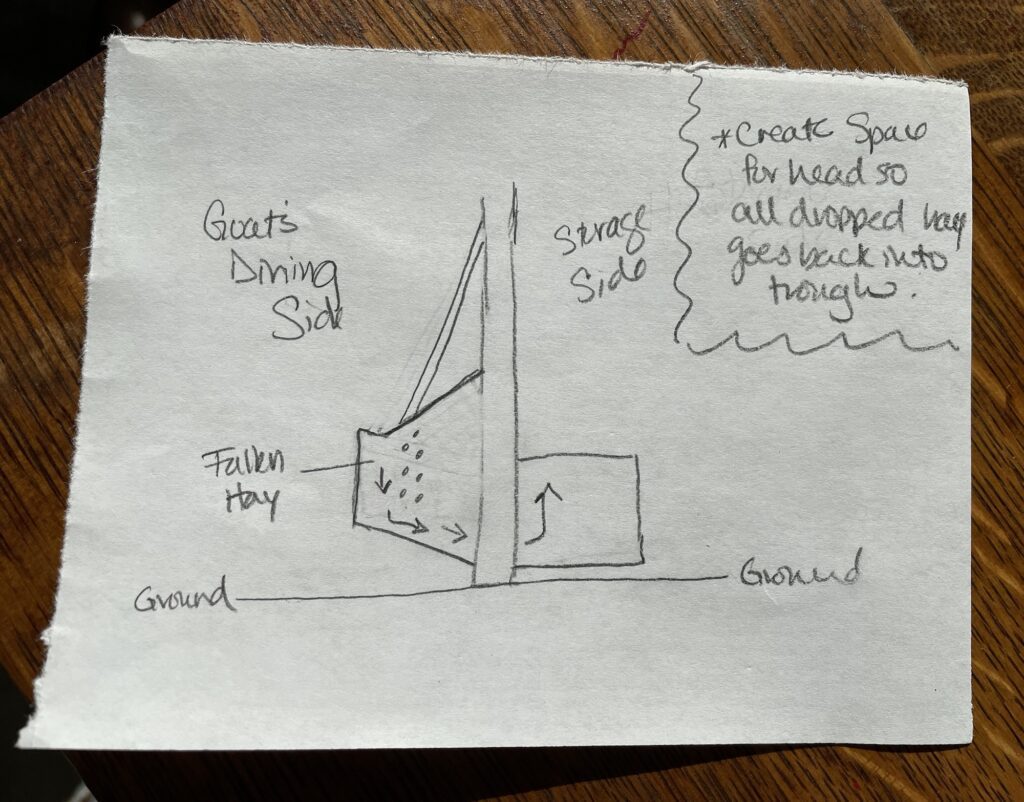
Angle catchment tray to funnel dropped hay back down to the center.
Grooming/Comfor Area


Protected People Places
(For the Hoomans)


Glove Line
Handwashing Station
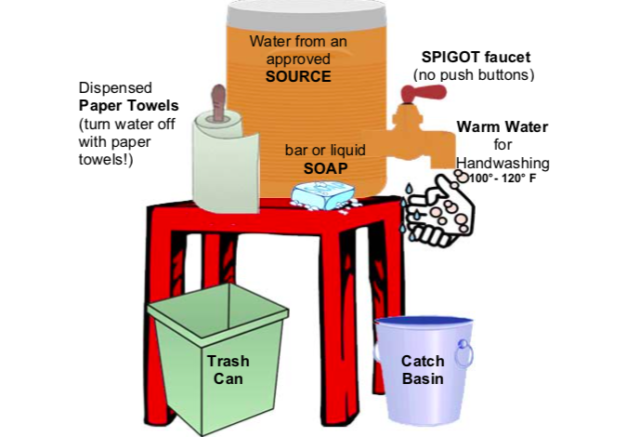
Murphy Table

